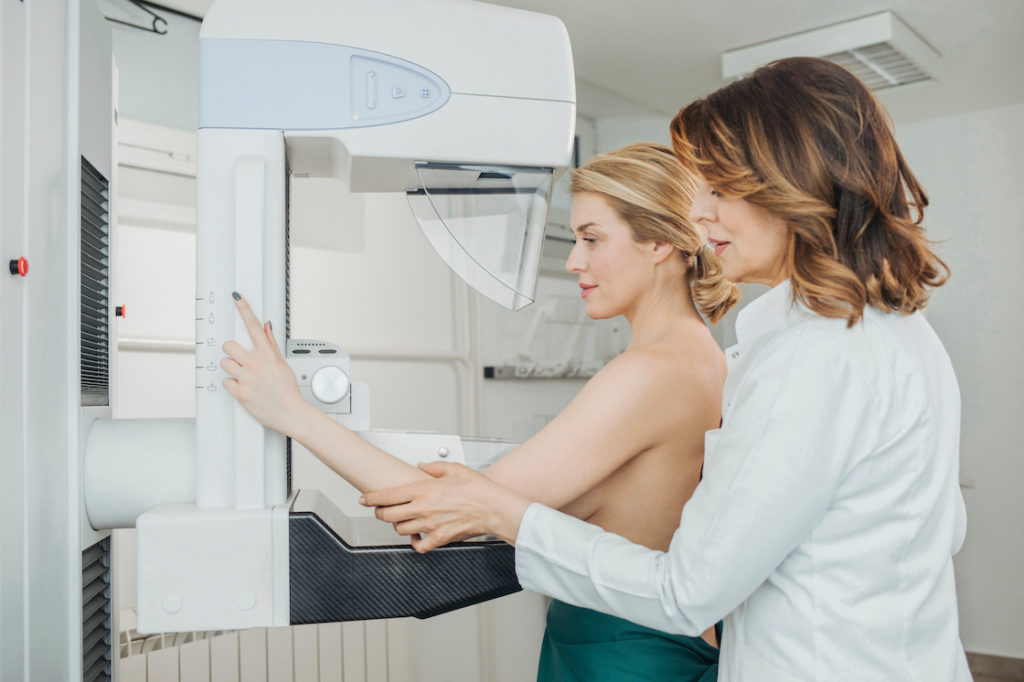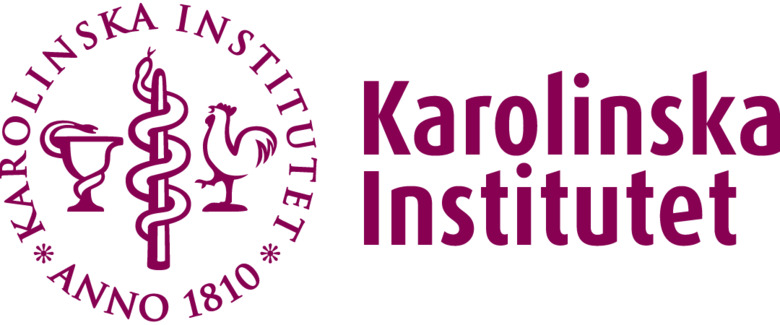Programme: Breast Cancer Imaging powered by Artificial Intelligence Diagnostics
The programme uses AI and machine learning to radically increase the accuracy of breast cancer imaging diagnostics.

This new research programme was launched 2020 and will contribute to faster and more accurate diagnosis, making it possible to detect cancer at an earlier stage of the disease and cure more patients. Thanks to Sweden’s unique access to comprehensive, quality-assured patient data, the programme can utilise decoded data (images and samples) from all patients diagnosed with breast cancer using mammography in the Stockholm region between 2005 and 2019. The main purpose of the programme is to develop AI-based models for radiological and histopathological image analysis.
The programme is co-directed by Johan Hartman, Medical Doctor and Professor at Karolinska Institutet and Kevin Smith Associate professor at KTH.
In the subarea radiological analysis, we have thus far used historical data to test commercial AI models and to develop our own. The best commercial AI model will be used in two prospective studies beginning during spring 2021. The studies will be conducted under the joint designation ScreenTrust. ScreenTrust will determine how AI models can optimise the selection of those women who are most likely to leave our mammography screening facilities with undiagnosed cancer. The first study, ScreenTrust MRI, which received ethical approval in February 2021, will be conducted at Karolinska University Hospital using magnetic resonance imaging (MRI). In the study, the commercial model will be combined with two models developed in-house in order to select a group of women who will be offered adjuvant MRI scans after mammography has given the all clear. The aim is to minimise the number of undiagnosed cancers. The second study, ScreenTrust CAD, will be conducted at Capio St Göran’s using the best commercial AI model. We will examine the possibility of complementing or replacing one of the two radiologists who currently review mammographs. We will simultaneously begin developing AI networks that can analyse MRI scans using a model called multimodal learning.
The focus of the pathology component of the programme has been on developing our own AI model that can provide decision-making support to the pathologist. There are major differences in how pathologists diagnose, something that affects treatment. We have developed a system to detect and grade breast cancer (submitted paper) based on AI image analysis. By digitising microscope slides from hospital archives in Stockholm, we have created digital histopathology images. All images undergo stringent quality assurance, processing and normalisation. Thus far, we have generated digital images from over 5,000 breast cancer patients. Through careful analysis, a pathologist can divide breast cancer into three groups: the least aggressive in Grade 1, the most aggressive in Grade 3, and cases in the grey zone in between in Grade 2. Patients with Grade 3 tumours generally benefit from adjuvant chemotherapy. We have created an AI model capable of detecting cancer in images and stratifying tumours in the intermediate grade (NHG 2) as high or low level. This is clinically important information that can reduce the grey zone and identify patients who require adjuvant treatment such as chemotherapy or surgery.

